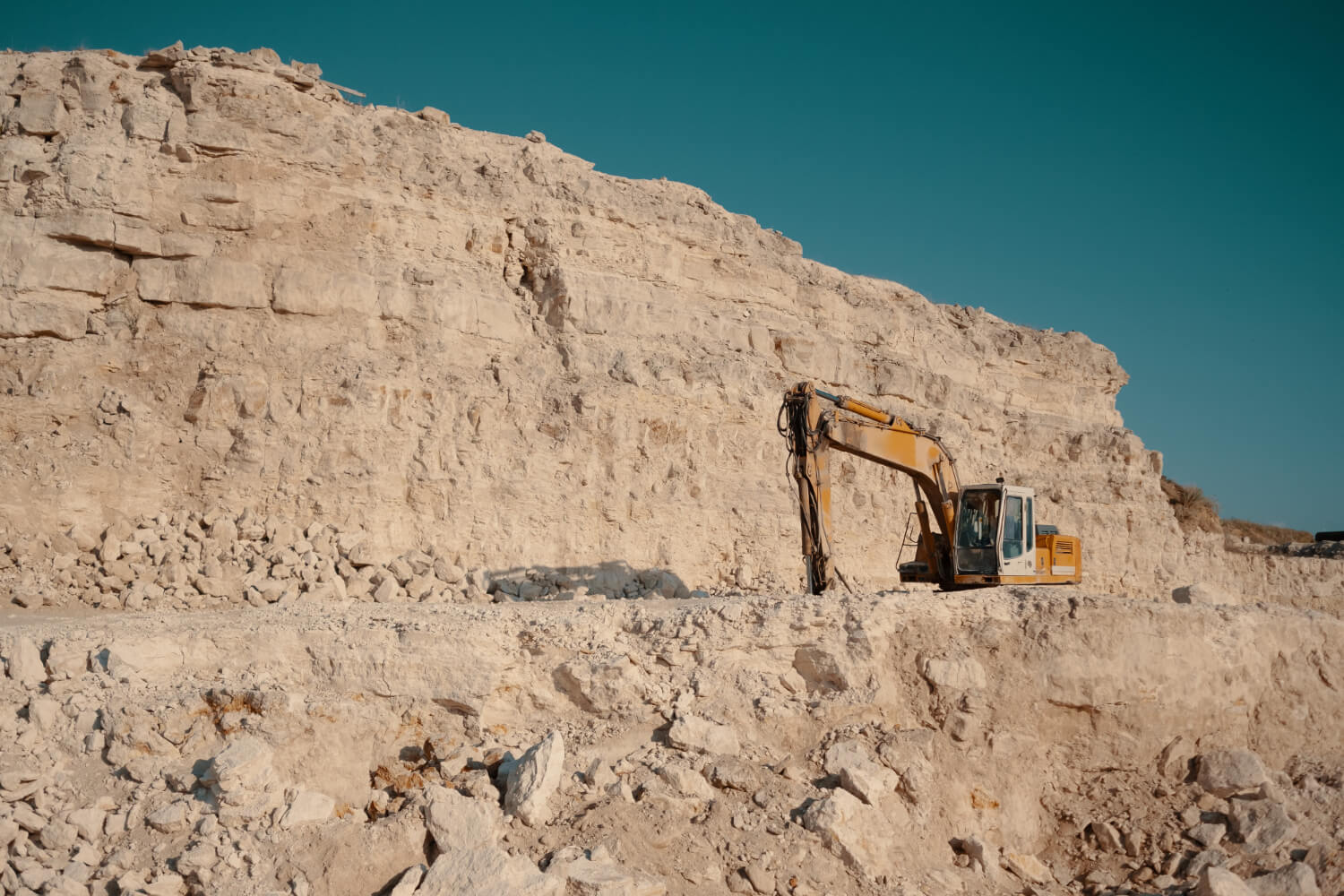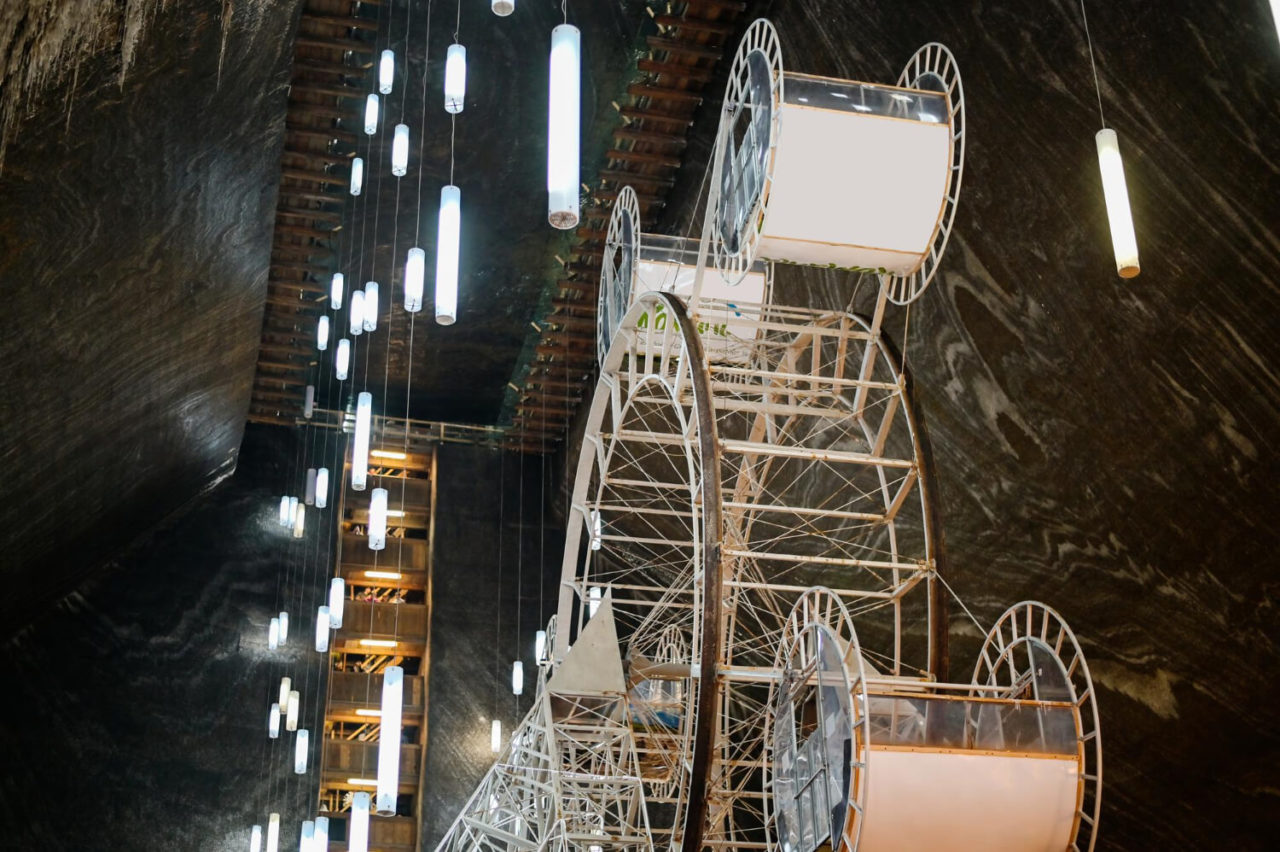
Gravity never goes away, and that’s a powerful tool in the world of renewable energy, often marred by the ebb and flow of wind, tide, and sunshine. A number of companies have invested considerably in gravity batteries, and boast impressive figures regarding energy efficiency and power storage.
Scottish startup With an hour of operation, Gravtricity’s 20MW plant is said to be able to power 63,000 homes, and GravitySoilBatteries intends to deliver up to 30,000kWh of storage at an 85% system efficiency. However, it is still unclear if initiatives like this can grow to become a more significant component of the global renewable energy mix.
Unlike fossil fuels, solar and wind can’t provide an uninterrupted stream of energy. Even if the sun sets and the winds blow out, engineers and scientists have found countless ways to store renewable energy for use by the grid when needed. One thought is to replace current coal-fired power plants with nuclear ones, or to augment lithium-ion batteries with iron-air batteries that could power our homes via rust—yes, rust. However, “gravity batteries,” which employ regenerative braking and, well, gravity, to deliver energy to the grid, are another much-discussed technological advancement.
The big problem is exactly that — they’re big — making them unfeasible (and unattractive) for certain areas. But earlier this month, researchers unveiled a gravity battery that stores energy in millions of abandoned mines across the globe by utilizing the last remnants of dirty energy’s history.
In order to fill batteries during peak conditions—when energy from renewable sources is abundant—the procedure harnesses gravitational energy. The stored energy can then be released if the demand for power exceeds what renewable sources can supply, supplying power in the event that, for example, the sun doesn’t shine or the wind doesn’t blow.

Gravity batteries could prove integral to the world’s clean energy mix, especially in relation to other forms of renewable power storage. Gravity batteries have a smaller environmental impact than lithium-ion batteries, which presently control the majority of the stored energy market. Estimates suggest that, even after accounting for construction, maintenance, and running costs, the cost per MWh of gravity batteries may be half that of lithium batteries.
Nonetheless, there is hope for the process’s future—at least temporarily—due to ongoing innovation in the gravity batteries industry.
Our work with energy storage
Universal Kraft has been working with compressed air storage solutions for several years, combining renewable energy production, through wind or solar, with an energy storage system of compressed air in the ground or in tanks. We are currently working with partners to create a new technology that uses a compressor to pump air into a tank or the ground for storage, and then reverses the process to feed energy into a generator when needed. Discover our projects here.





